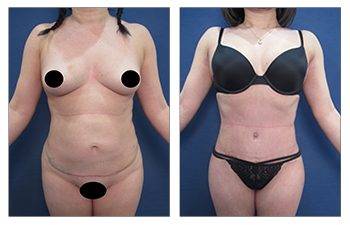


A 32 year old female who had high definition liposuction of the flanks and back.
SAFE Liposuction
What is SAFE lipo? SAFE lipo is an acronym for separation, aspiration, and fat equalization. This liposuction technique aims to minimize tissue injury and optimize body fat removal. Like other liposuction techniques, SAFE lipo removes fat using a long, thin, hollowed cannula. Unlike other liposuction techniques, SAFE lipo uses a pressure gradient and basket tip cannula to separate and equalize the fat specifically.
How Does Safe Lipo Remove Fat?
First, the tumescent solution is infiltrated, much like traditional liposuction. Regardless of the form of liposuction, the tumescent solution is a critical initial step to prepare the tissues for fat removal. The first function of the tumescent solution is to constrict blood vessels to minimize injury to blood vessels. Minimizing injury to blood vessels will result in both healthier fat for fat transfer and less blood loss during surgery. The second function of the tumescent solution is to temporarily numb the pain nerve fibers providing comfort following the surgical procedure. Next, superficial and deep fat is treated by a pressure gradient created using a specialized basket tip cannula. The basket cannula uses a power-assisted liposuction modality that allows the tip to oscillate at a high frequency. Both the high-frequency oscillation and the back-and-forth motion of the cannula allow for creating a negative pressure that preferentially sucks fat into and out of the cannula. However, one important differentiation of the SAFELIPO technique is that the power-assisted liposuction cannula traverses the tissue planes while NOT under suction. As such, the fat layers are separated as the fat shifting occurs from outside to inside the cannula tip. As a result, the fat cells are “separated” from their surrounding structures. By utilizing this non-thermal technique to separate the fat cells, SAFE lipo avoids theoretical thermal injuries to the skin and underlying structures. Another important note is damage to the structures surrounding the fat is minimized because no suctioning is performed in the separation stage.
Due to the fat separation, the damage is claimed to be minimized to the fat cells and the surrounding tissues, including vascular structures. The limitation of the SAFELipo technique, which avoids any thermal energy, is that it does not provide any skin tightening when skin elasticity is present. The next stage of Safe lipo is the aspiration phase, where conventional liposuction cannulas suck out the fat, much like other liposuction technologies. All types of liposuction aspirate fat in this fashion. A final component of Safe lipo is fat equalization. During their phase of liposuction surgery, the specialized basket cannula is reintroduced and used to traverse the soft tissue planes that have been liposuctioned. However, similar to the separation phase, the suction is turned off such that the residual fat cells are encouraged to redistribute uniformly throughout the tissues.
When the fat is aspirated with Safe Lipo, it is less blood-tinged and more viable. This advantage provides a unique opportunity to optimize BBL results. Whereas other forms of liposuction, such as laser liposuction, similarly improve fat removal efficacy, they damage the fat cells, making them incompatible with fat transfer. In contrast, fat harvested with Safe Lipo affords the luxury of fat grafting capacity, such as fat grafting to the buttock, commonly known as a Brazilian Butt Lift, or to the breast, commonly known as a natural breast augmentation.
In summary, the cannula used to create the pressure gradient during the separation and equalization steps provide the opportunity to optimize both fat removals and improve contouring outcomes. As advertised by its creator, Simeon Wal Jr., Safe Lipo results are improved with the surgeon’s skill and experience, resulting in smooth and ideally aesthetic contours.
What are the complications of Safe lipo?
Patients interested in what is safe lipo may be concerned about any known complications that follow a liposuction procedure. Contour irregularities are the principal concern for most prospective patients. It is commonly held that contour irregularities result from uneven fat removal. Specifically, any areas where aggressive fat removal results in adhesion of the dermal skin surface to the underlying muscle fascia may result in contour irregularities. It has been claimed that SAFE liposuction aims to minimize contour irregularities using two methods. First, by balancing the amount of fat removed, a uniform layer of fat may act as a barrier to counter adhesion formation. Second, the fat equalization step of SAFE liposuction allows the surgeon to reposition fat carefully to fix uneven areas of fat removal.
Although Safe liposuction, described by Dr. Simeon Wall Jr., has achieved much acclaim, VASER ultrasound liposuction remains the Gold Standard amongst tumescent liposuction techniques. This is because ultrasound energy continues to be the most efficacious technique to separate fat cells by a process called cavitation. VASER is also felt to be the gentlest modality of mobilizing fat away from connective tissues, nerves, and vessels. This allows VASER to provide the least painful and least blood-tinged fat harvested among liposuction technologies. Converting clusters of solid fat cells to a single-cell liquid consistency provides the highest efficacy for fat cell viability and volume retention following Brazilian butt lifts and the most impressive results during body sculpting.

